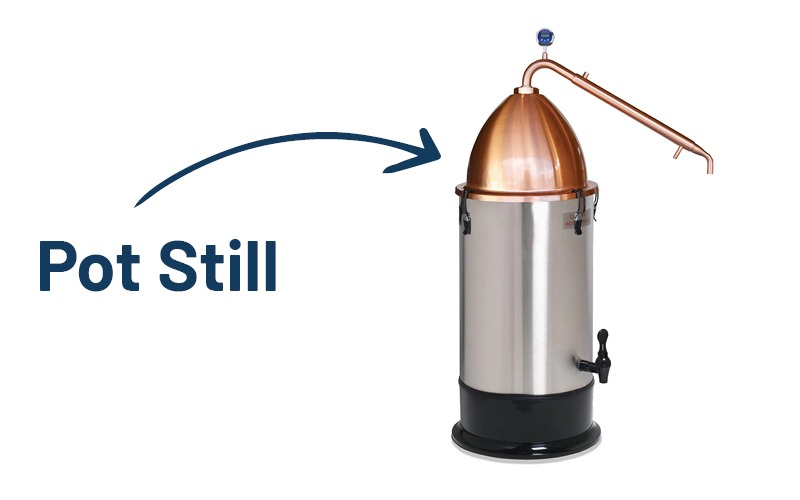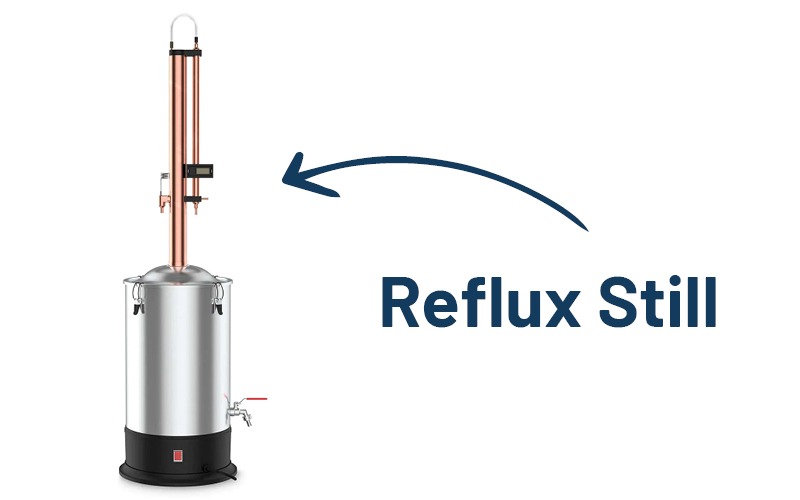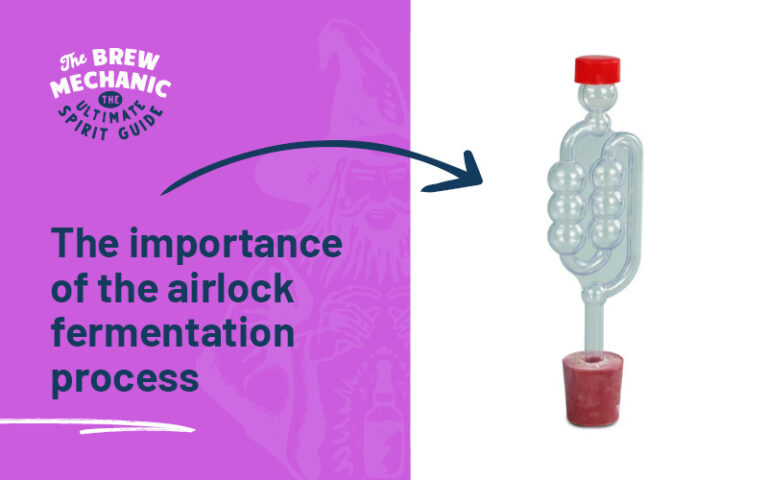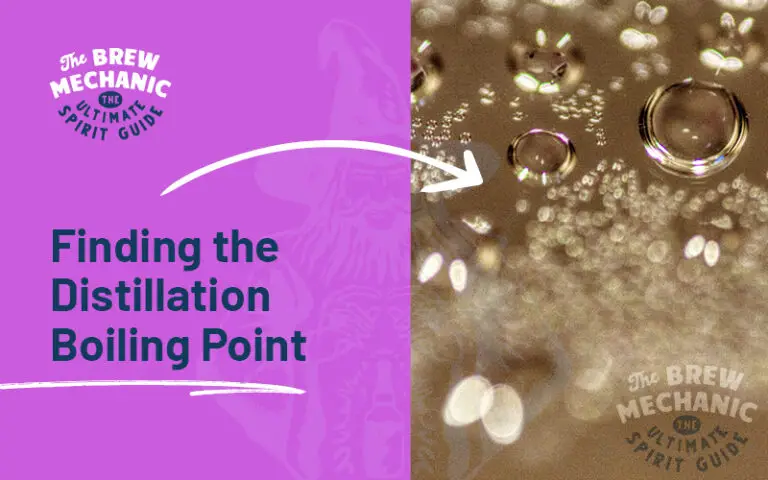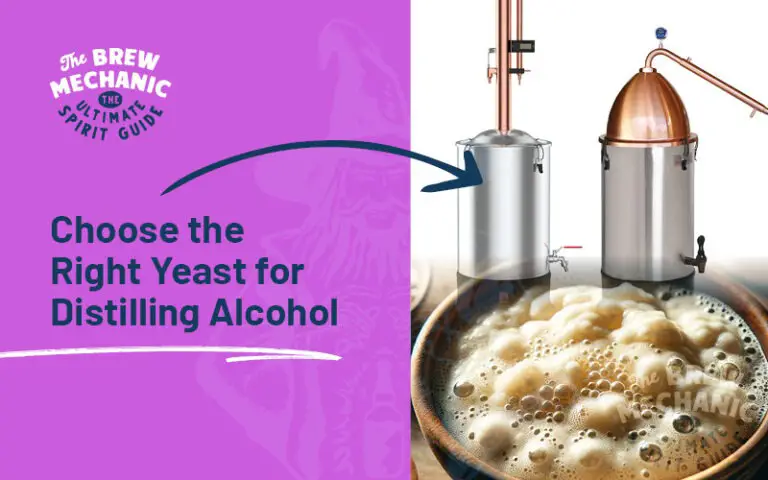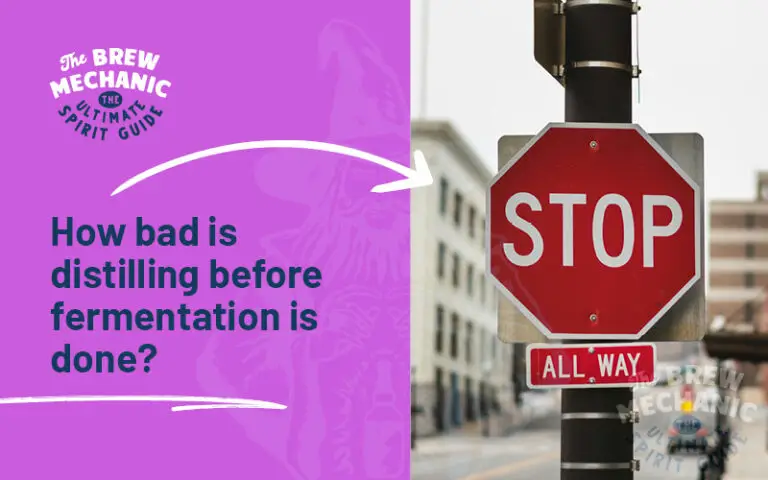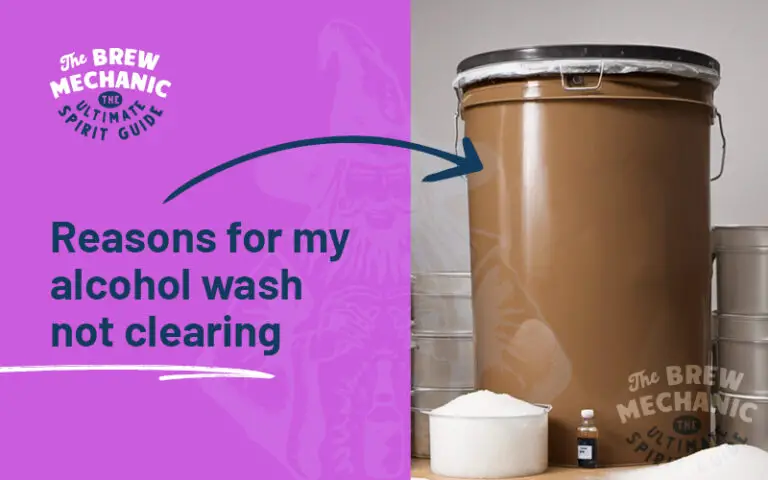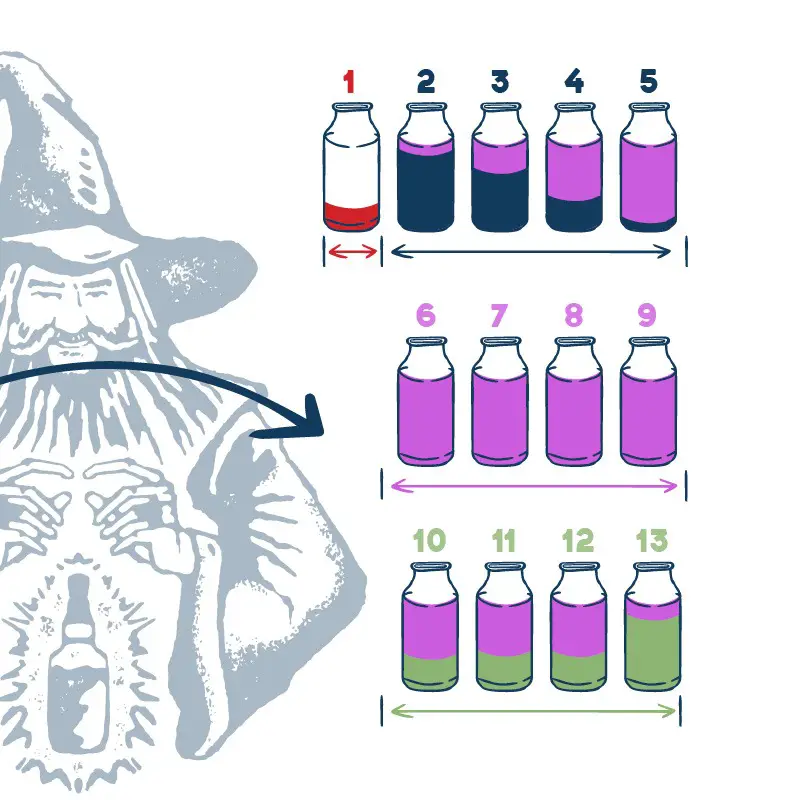Reflux still vs pot still (DIY) for beginners
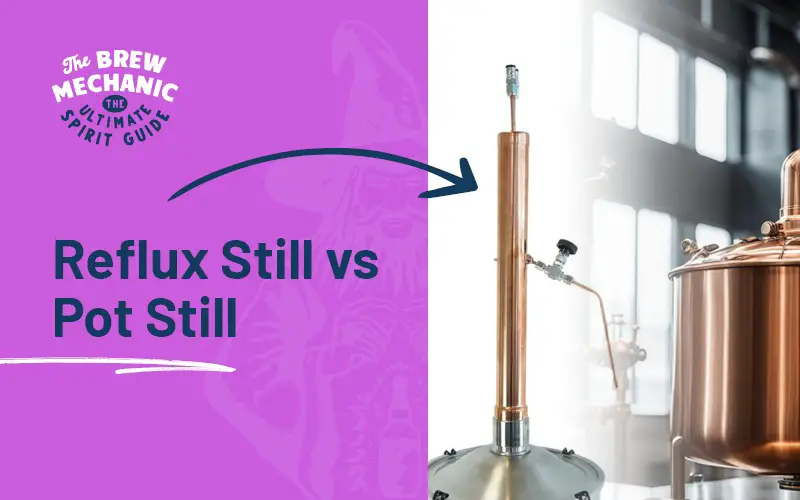
Disclaimer: This post might include affiliate links, through which I may earn a small commission without any extra cost to you. Additionally, I am an Amazon Associate and earn from eligible purchases. All the products and services I suggest are ones I have personally used or would use. Thank you very much for your support if you decide to buy through any of my links!
Come join the Distilling Squad!
Get the best fundamental tips & tricks here. Woohoo!
The operation of the two stills is totally different. It all depends on the type of method of madness that you are going to do… This is in between mash or wash (sugar wash). With this being stated finding out whether reflux still vs pot still is best for you becomes debatable who you chat to. We will mention one way as we are more guided by the beginner distiller who wants to start out.
With that in mind, finding the right still can be hard. The easy answer, if you are that new brewer looking for the best decision, well in our opinion it is reflux distilling. But let us show you why.
Difference Between a Sugar Wash and a Mash
The most important factor here is the level of experience you have in the fermentation field. This is the deciding factor in choosing reflux still vs pot still.
Sugar Wash
Mash
What Is a Pot Still?
The making of the mash is complex but the distillation process side is simple to operate.
Advantages of Using a Pot Still
Produces a better flavoured alcohol than a reflux still. Copper removes sulphides which a stainless steel reflux column can’t do naturally. This can be overcome by installing copper internals that can be removed for cleaning
Disadvantages of a Pot Still
Batch distillation is slower (DIY), and efficiency is lower as it requires more energy compared to a column still. This results in multiple distillations. The distillate produced is lower in yields and max 75 to 80% proof, 40% ABV compared to a reflux still.
What Is a Reflux Still?
Making a sugar wash is simple, but the operation of the reflux still is more complex due to the number of control parameters.
advantages of Using a Reflux Still
A reflux still is effective in creating a flavourless and odourless product with high purity and proof. This high neutral-proof Ethanol can be made into Vodka.
This neutral ethanol can also be blended (infused) into lots of flavoured (essences) alcohol drinks. See Top Shelf, and Still Spirits are a few to mention.
The bonus here is you have double and tripled distilled the product inside of the reflux column by internal reflux to achieve a higher ABV and purity.
As a Beginner Why Choose a Reflux Still vs Pot Still?
Our recommendation for a Beginner
Last Updated on Nov 17, 2023 by The Brew Mechanic
Disclosure: I may receive affiliate compensation for some of the links below at no cost to you if you decide to purchase a product or service. You can read our affiliate disclosure in our privacy policy. The information provided is for entertainment only.

With 35 years of knowledge of being a chemical engineer in alcohol manufacturing plants, my mission is to teach the next generation of home distilling alcohol brewers at a supernatural speed.
My reviews are based on real-life experiences with reflux stills, sugar wash, troubleshooting and mystical chemical reactions.

